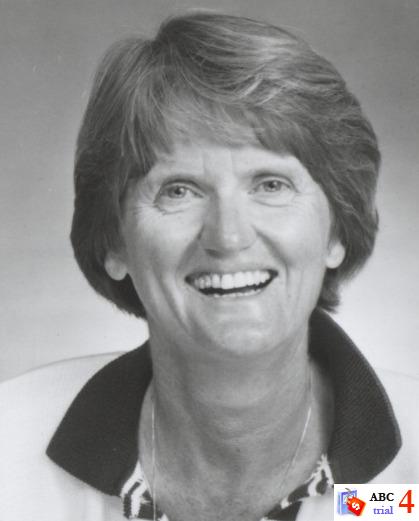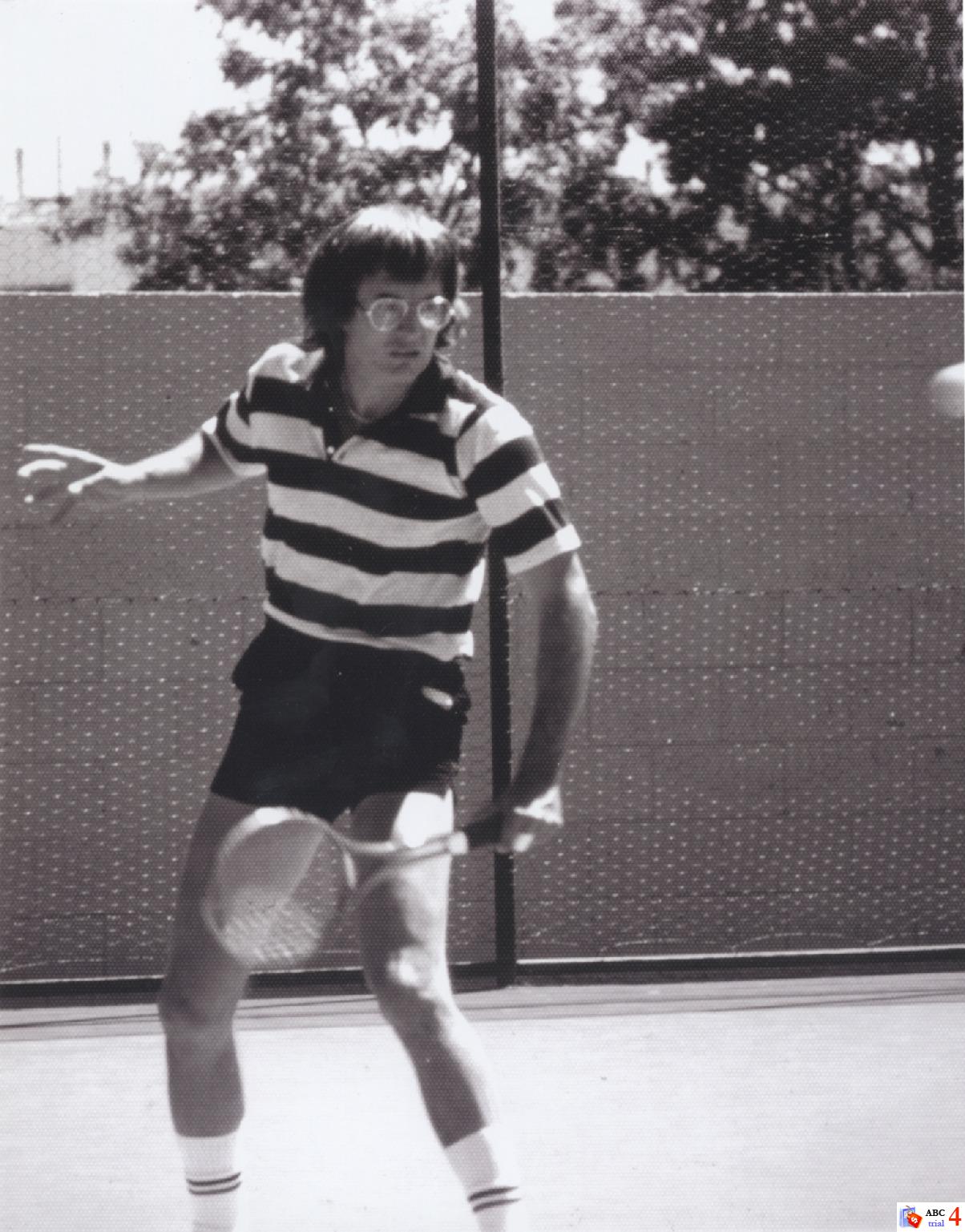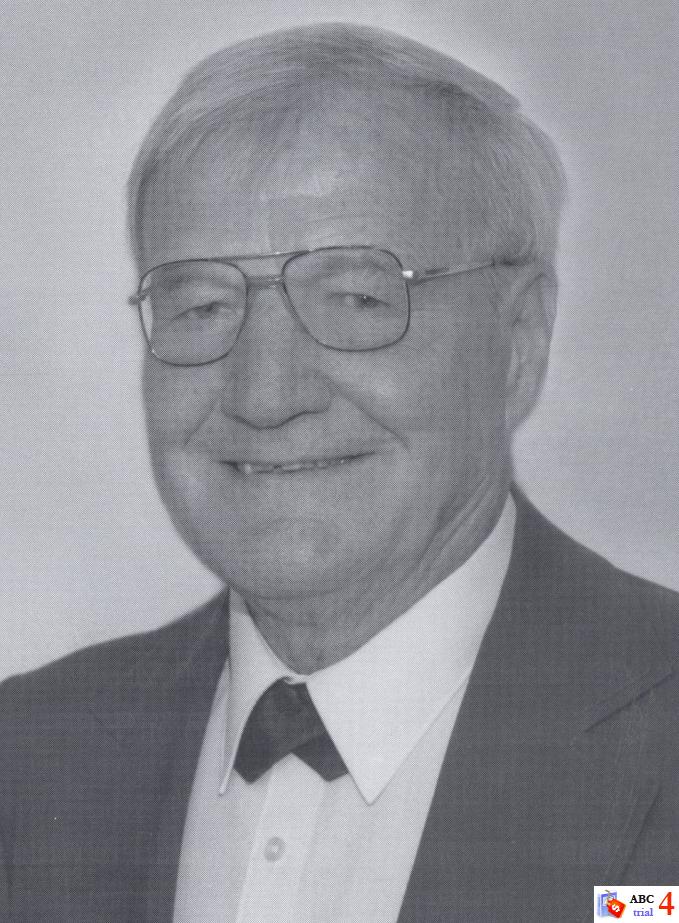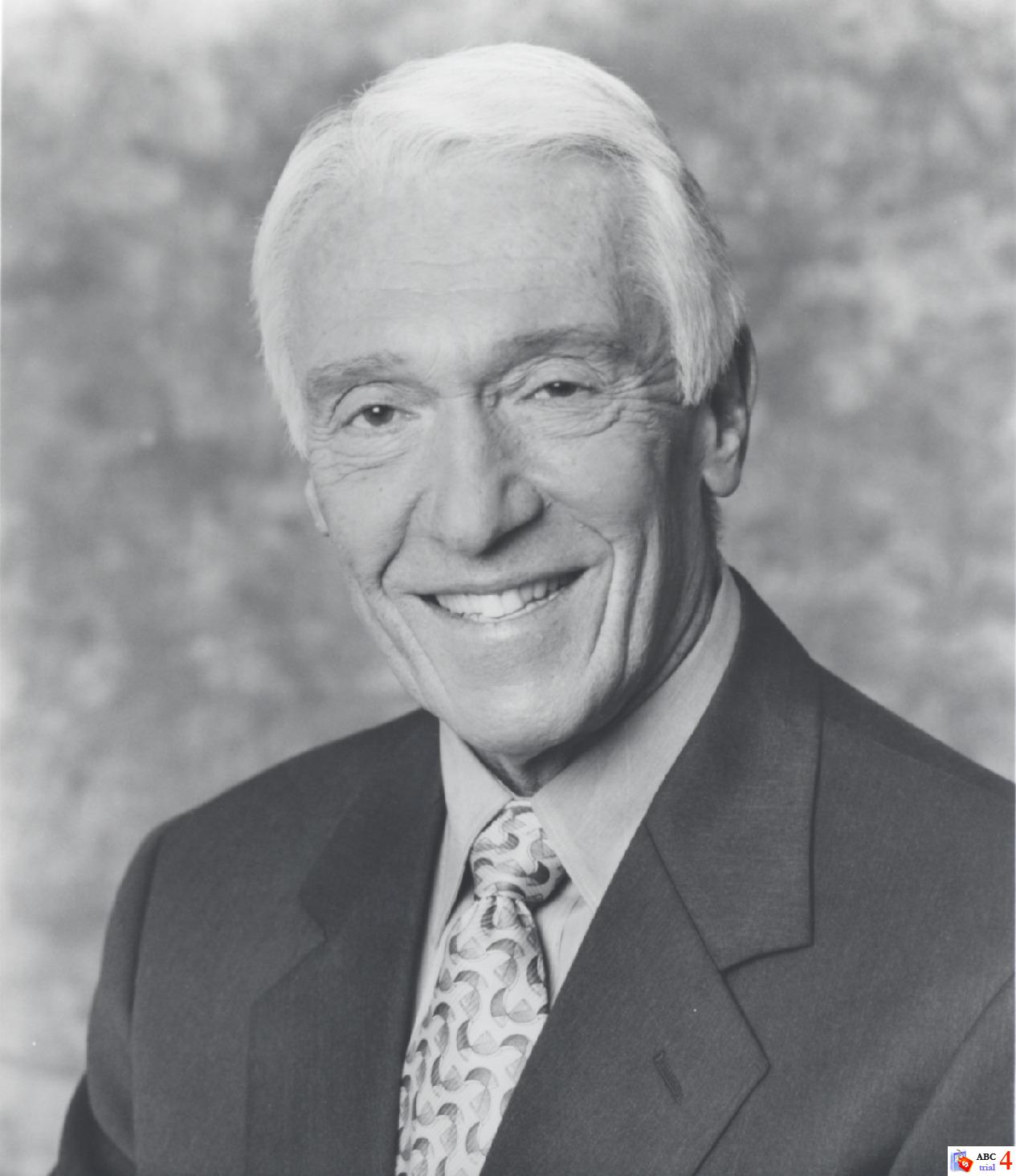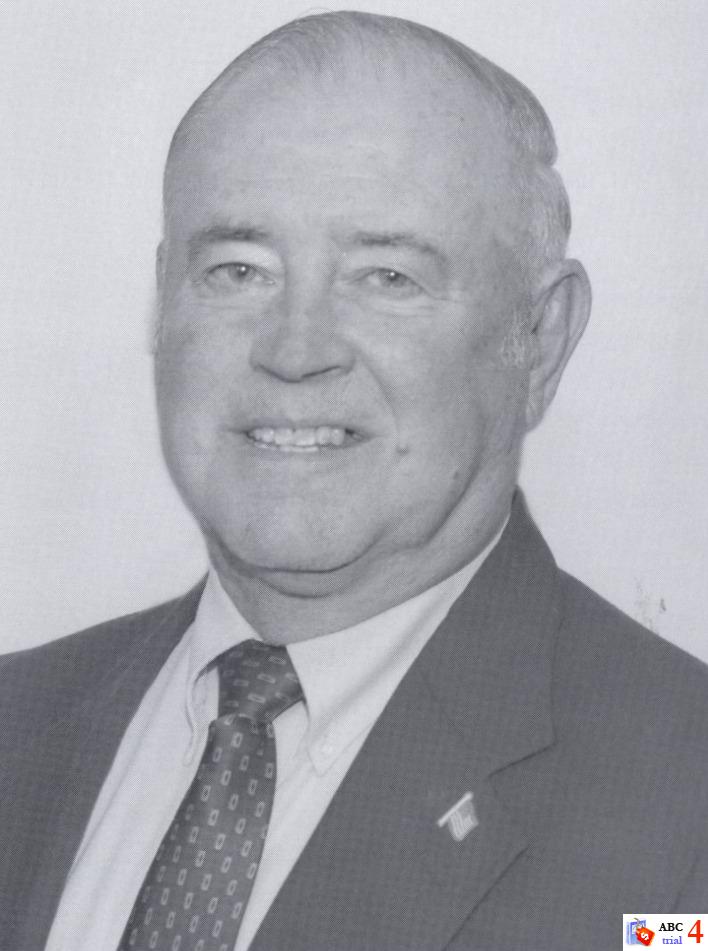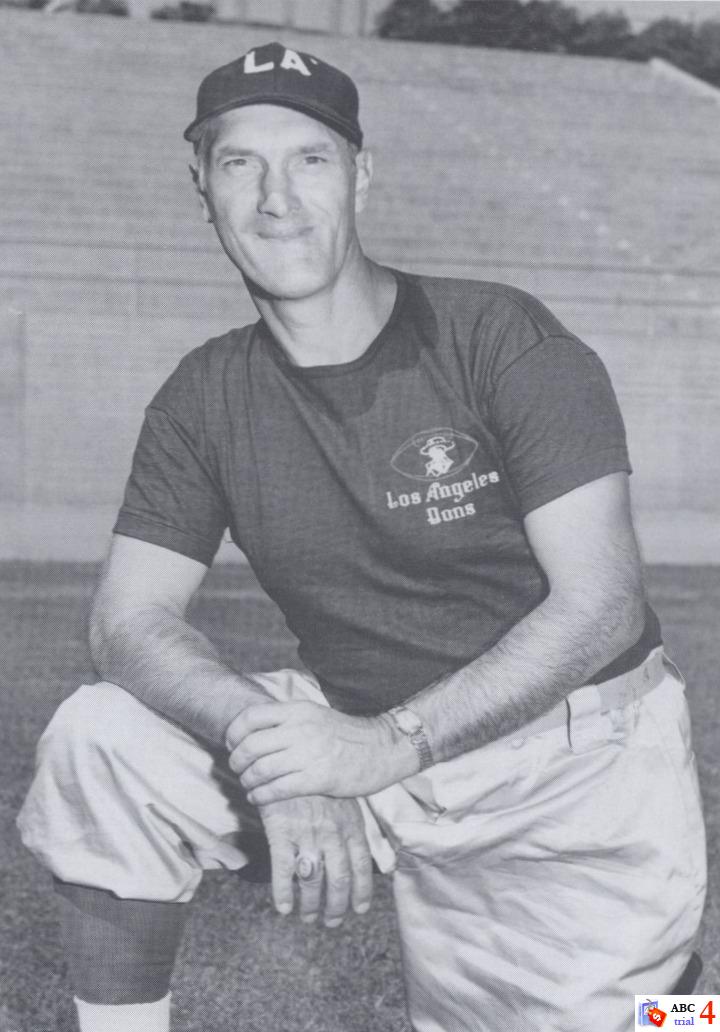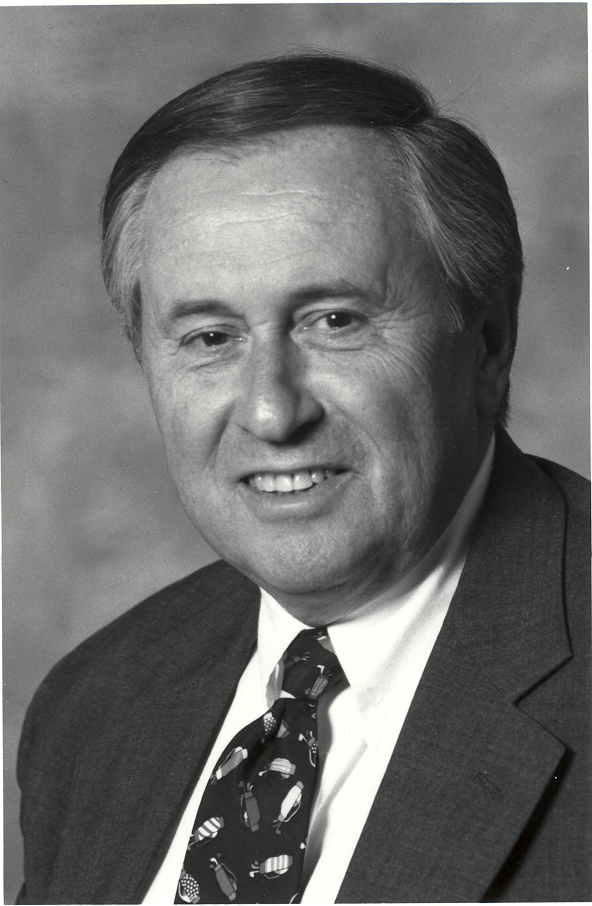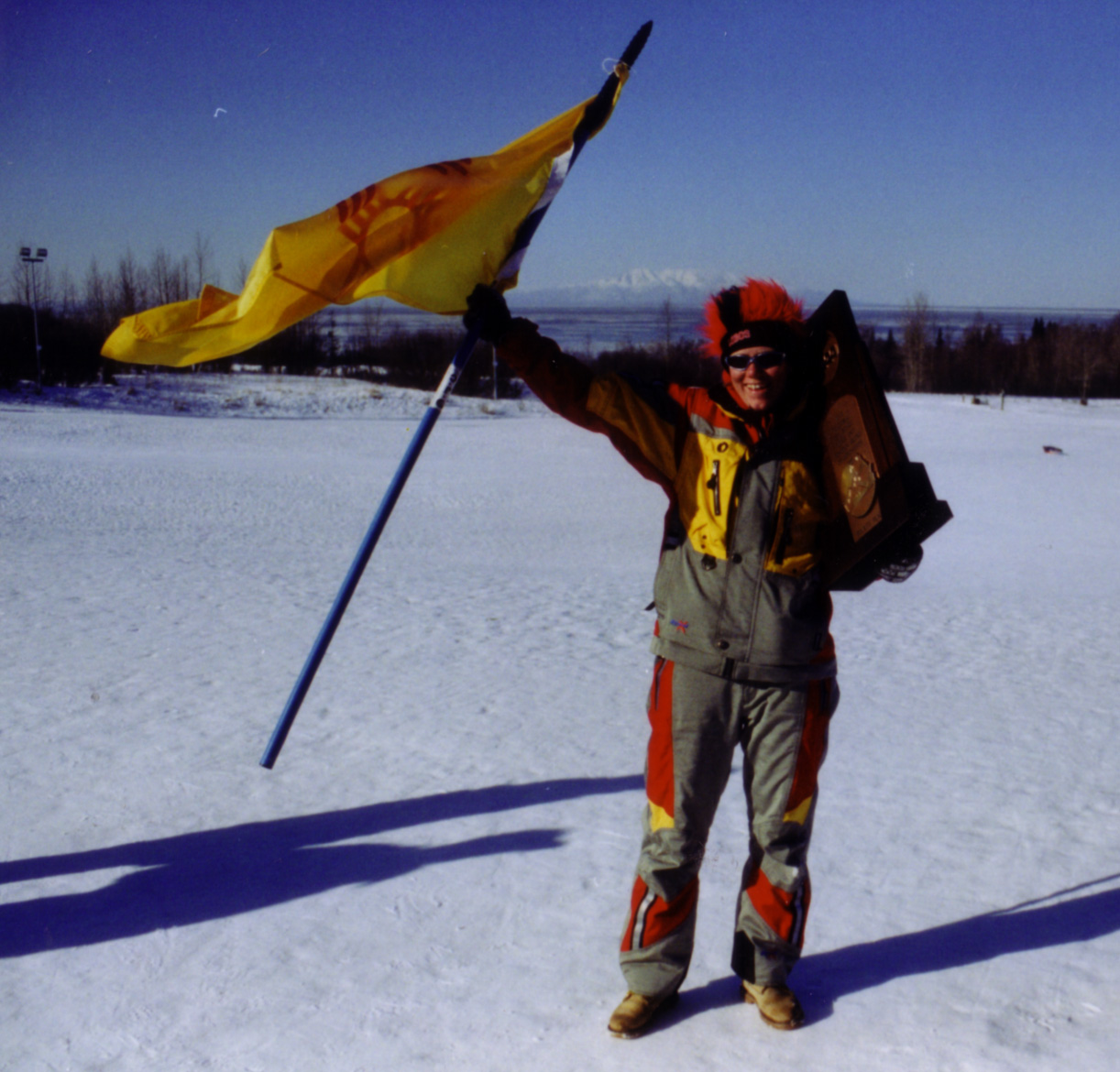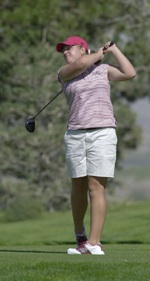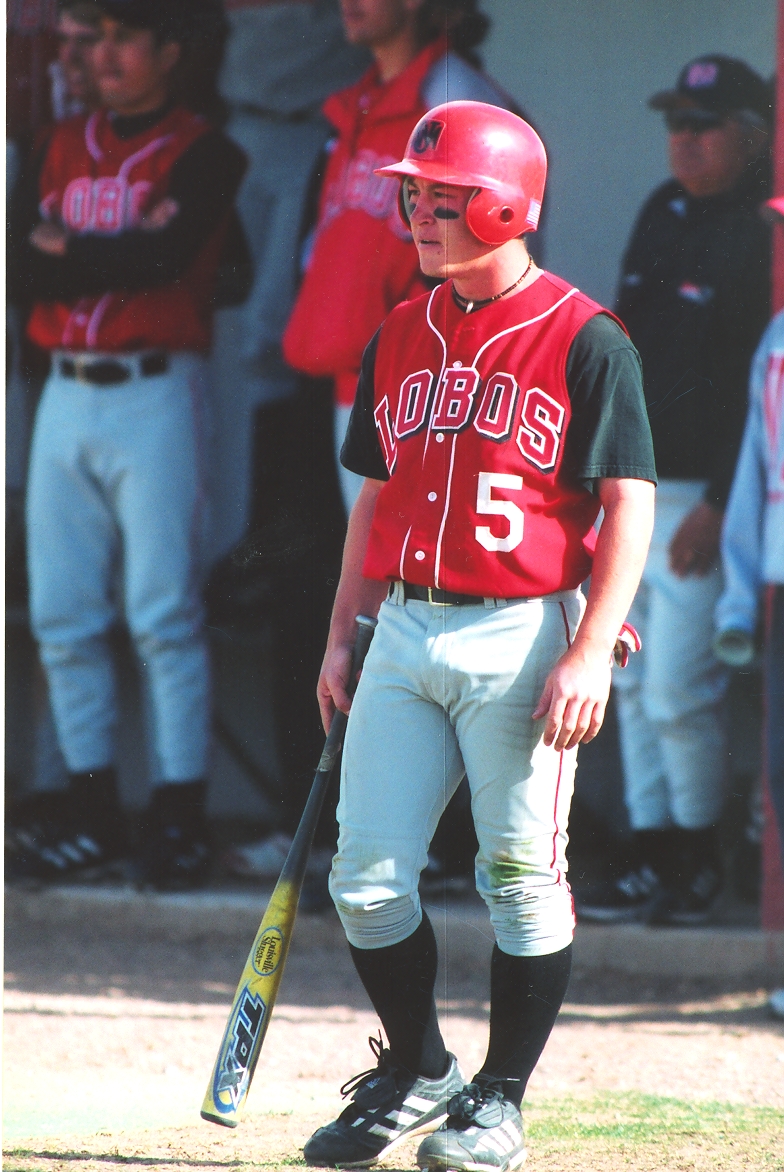- Robert Barney
- Robert Barney
Commitment and involvement describe Bob Barney’s athletic and academic career. Robert K. “Bob” Barney received his BS, MS and PhD all from UNM. He played freshman football, lettered in baseball and swimming and was a multisport intramural athlete.
After a brief stint in the Air Force, Barney returned to UNM and was hired as a professor in the Physical Education department and also led the Lobos to seven winning seasons as the varsity swim coach.
Barney has enjoyed a successful career as university professor, educator and athletics director. He is the author of two books pertaining to UNM sports: Roy W. Johnson, a short biography, and Turmoil and Triumph, which details the history of intercollegiate athletics at UNM until 1950, and its implications in the social history of New Mexico.
Barney is one of the world’s pre-eminent scholars of the Olympic Movement. He has authored more than 200 publications, chapters, articles and reviews related to Olympic themes. His crowning achievement was serving as founding director of the International Centre for Olympic Studies located at the University of Western Ontario in 1989. The Centre has achieved international acclaim. It publishes Olympika, the international journal of Olympic Studies. Barney is one of the few worldwide to have been awarded the coveted Olympic Order.
Bob joins his brother, Dave, in the Hall of Honor.
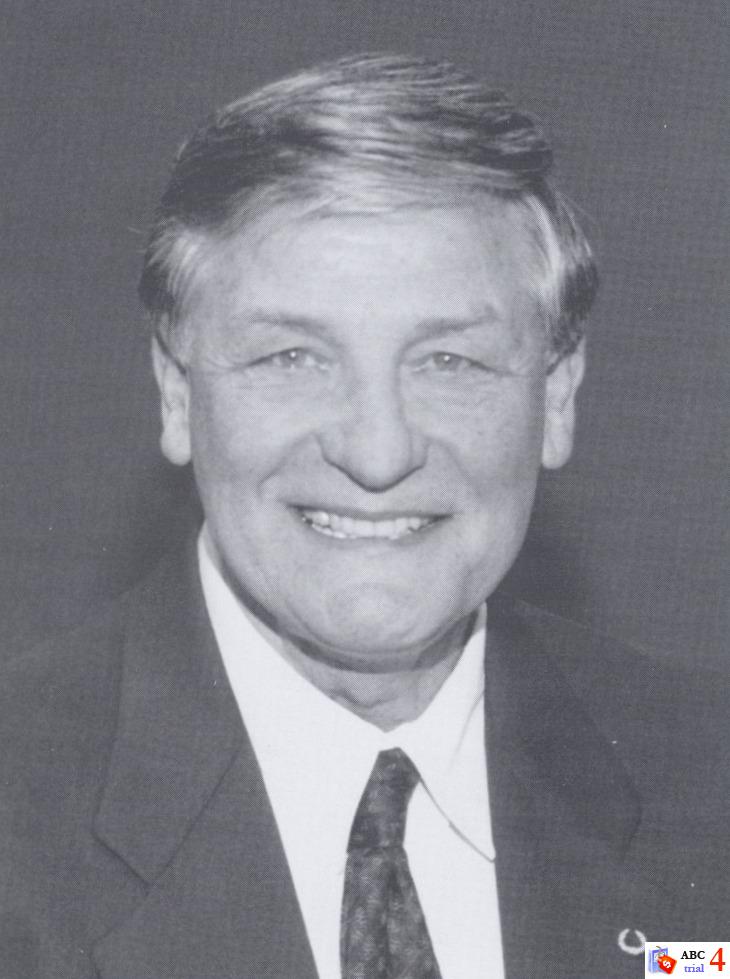
- Linda Estes
- Linda Estes
In her 31 years as professor in the health, physical education and recreation department, and as an administrator in the UNM athletics department, Linda Estes (’61 BS, ’63 MA, ’79 MA) took women’s athletics further than anyone else could have dreamed.
Upon Estes’ arrival in 1968, women played intramural sports in starched white gym clothes and rode to competitions in any station wagon they could borrow.
When Title IX (no discrimination by federally funded schools based on gender) was passed into law in 1972, Estes knew that the question of funding women’s athletics had become a legal one. In 1972, she approached UNM President Ferrel Heady who immediately declared the expansion of women’s athletics as a top UNM priority.
The budget for women’s athletics went from $4,300 in 1972-73 to $35,000 in 1973-74. The program eventually expanded to 11 sports and a budget of $2.96 million by 2000.
Linda served on numerous NCAA committees during her impressive career. She was the first woman to serve on the NCAA Executive Committee and the New Mexico Governor’s Commission on Higher Education.
Upon retirement, Estes moved to Hawaii and began an outdoor adventures company for women.

- Jack Kennedy
- Jack Kennedy
Jack Kennedy quickly established himself as the premier tennis player in the Skyline Conference, winning the singles championship in 1957 and ’58. He was undefeated in collegiate play in 1957, a rare feat indeed. The pinnacle of recognition was bestowed to Kennedy in 1958 when he became the Lobos first All-American in the sport of tennis.
Upon completing his degree in Biology from UNM, Kennedy entered Baylor Dental School where he graduated with honors. After dental school, he entered the Air Force and served his country as an officer.
Dr. Kennedy returned to Albuquerque to start a dental practice that would last 31 years. He gained national prominence through his writing and involvement with the profession. He was a contributing editor to Dental Economics magazine. Additionally, Kennedy continued to excel in tennis, having been crowned the U.S. Dental champion in 1968 and ’69.
Kennedy became a teaching pro in Palm Springs, Calif., as well as mentoring a few students in Albuquerque. He continued to compete on the Senior Circuit as well as making an annual trek riding bicycles throughout France’s Loire Valley with his wife, Susan.
“Every time I hear people disparage college athletics, I think about the positive influence UNM has had on me and many of my fellow athletes,” Kennedy said of his induction.

- Rudy Krall
- Rudy Krall
Even at age 77 when he was inducted into the UNM Hall of Honor, Rudy Krall had the urge to play football. Back in the late 1940s, Krall was described as a “punishing player” from his fullback position. Krall’s unrestrained and lively recollections of his playing days conjure up images of the opposition trying to escape his clutches.
Born in Gary, Ind., Krall entered the Navy V-12 program in 1944. He played at Notre Dame for two semesters, transferred to Missouri Valley College for one semester then came to UNM in 1945. From 1945-48, Krall played in three bowl games for the Lobos. IN the 1946 Sun Bowl, Krall set a game record with a 65-yard interception return for a touchdown.
Krall was a 60-minute man, which meant he played both offense and defense. He even played an entire game after suffering shoulder injury. “As long as I could lift my arm, I could still play,” recalled the man who was nicknamed “The Big Horse.” Krall was an All-Border Conference running back in 1947 and ’48.
Following the 1948 season and graduation with a degree in Chemical Engineering, Krall signed a contract with the Philadelphia Eagles for $7,500. He did not make the team, but returned to Albuquerque where he worked as a salesman and a contractor estimator while officiating New Mexico high school football games for 35 years.
Krall retired in 1994, but still remained competitive. He and his wife, Merlene, traveled the Southwest, competing in double bridge tournaments. Rudy was one of five players in Albuquerque to attain the rank of Diamond Life Master.

- Marv Levy
- Marv Levy
He was the only NFL head coach to lead his team to four consecutive Super Bowl appearances (1991-94). He was the 10th winningest NFL coach of all-time with 154 victories. Twice he was named NFL Coach of the Year (1985 and ’95). In 2001, he was inducted into the Pro Football Hall of Fame.
Before all of these accolades, Marv Levy was on the football coaching staff at the University of New Mexico. Although his stay was a brief one, Levy made his presence felt.
Levy came to UNM from Iowa’s Coe College in 1955. He was an assistant to Chuck Clausen from 1956-57, then took over when Clausen departed for the University of Arizona after the ’57 season. Bolstered by outstanding New Mexico prep talent plus two transplanted Iowans in Don Perkins and Chuck Roberts, Levy led the Lobos to consecutive 7-3 seasons. He was named Skyline Coach of the Year in 1958.
“Don and I, along with Joe Gale, were the first Afro-Americans to ever play football at UNM,” said Roberts. “Dick Clausen and Marv made it possible.”
One of Levy’s landmark wins at New Mexico was a 28-27 upset win over a powerful Air Force team in 1959. “More than 3,000 fans gave us an overwhelming reception on our arrival at the old airport,” Levy said.
Levy’s success at UNM got the attention of Cal Berkeley and Marv headed west to coach the Bears (1960-63) before moving to William & Mary (1964-68).
Levy broke into the pro ranks as an assistant coach for the Philadelphia Eagles and the Los Angeles Rams (for legendary coach George Allen). He became head coach of the Montreal Alouettes before landing his first position as the leader of the Kansas City Chiefs. That was followed by a 123-78 ledger in 12 spectacular seasons in Buffalo.

- Buddy Robertson
- Buddy Robertson
Buddy Arnold Robertson gave nearly four decades of his life to furthering the mission of high school athletics in and around Albuquerque. He retired in 2002 from his post as athletics director for the Albuquerque Public Schools. At APS, he worked tirelessly as a coach and administrator for more than 35 years.
Originally from Lamesa, Texas, Robertson came to New Mexico in the 1950s. He attended UNM on a baseball scholarship, playing from 1958-61. He was an All-Skyline catcher for three straight seasons.
After graduating from UNM in 1962, he coached the Lobos’ freshman baseball team. That was followed by a three-year stint in Belen as head baseball coach and as an assistant for the football and wrestling teams. He was a teacher, head baseball coach, assistant wrestling coach and athletics director at Valley High from 1965-77.
Roberston was responsible for initiating the first APS all-city baseball tournament. He was also responsible for the installation of artificial turf at the city’s high school football stadiums and assisted in having athletic trainers and volunteer team doctors at each high school game. Robertson was honored at the 1992 New Mexico Activities Association Hall of Fame for outstanding service in school programs.
All four of Buddy and Jerri Roberston’s children are UNM graduates.

- Dudley DeGroot (posthumous)
- Dudley DeGroot (posthumous)
Dudley DeGroot became New Mexico’s head football coach in 1950 after spending two season at West Virginia University. His first team produced a 2-8 record, followed by a 4-7 mark in 1951. It was after the ’51 season that UNM President Tom Popejoy and the UNM Athletic Council announced plans to initiate a de-emphasis of athletics with football at the top of the list.
The announcement left returning players, many of whom played both offense and defense, unhappy because the two platoon system had been inaugurated and UNM didn’t have enough bodies to try it.
DeGroot saw how limited his talents were and decided to concentrate and gamble on an all-out defense. Every facet of defense DeGroot had coached over 30 years came into being at practices.
A dedicated and aggressive defense devised by DeGroot and his relentless assistants brought UNM unofficial “Defensive Team of the Year” honors by all of the major wire services. The season totals were a 7-2 record with five shutouts. The Lobos allowed just 46 points in nine games, an average of 5.1 a game.
DeGroot was named Skyline Coach of the Year and five Lobos were named honorable mention All-America: captain and tackle Jack Barger, linebackers Larry White and Jim Bruening, guard Don Papini and kicker Mike Prokopiak. After UNM, DeGroot was named director of Armed Forces athletics programs for all of the U.S. Army bases in the European theater.
DeGroot had a stellar career in athletics and coaching. He was Stanford’s first football All-American in 1922, competed in basketball, swimming and water polo, and played on the U.S. Olympic team that won the World Rugby championship in Paris in 1924. DeGroot coached collegiately at Stanford, Cal Santa Barbara, Menlo College, San Jose State and Rochester, and professionally with the Washington Redskins and the Los Angeles Dons, later to become the Rams.
DeGroot died in 1970.

- Dr. Richard Peck Distinguished Service Award
- Dr. Richard Peck Distinguished Service Award
• UNM President, arriving from Arizona State in 1990
• Tenured member of the English Department
• Successful playwright and novelist

- Marte Dolva Female Athlete of the Year
- Marte Dolva Female Athlete of the Year
Skiing/Soccer
• Dual sport athlete in skiing and soccer
• Two-time All-American in alpine skiing, winning the 2002 NCAA slalom title
• Played in 12 games with eight starts during the 2001 soccer season

- Kailin Downs Female Athlete of the Year
- Kailin Downs Female Athlete of the Year
Golf
• First MWC athlete in any sport to be named Player of the Year and Freshman of the Year in the same season
• Set a UNM freshman scoring record (74.9)
• National Golf Coaches Association Scholar-Athlete
• Led UNM to three team titles in 2001-02

- Matt Young Male Athlete of the Year
- Matt Young Male Athlete of the Year
Baseball
• Freshman All-American by Collegiate Baseball
• Led the MWC in on-base percentage (.498) and was tied for 1st in walks (42)
• Batted .385, third-best in the Mountain West
• Had a 22-game hitting streak

